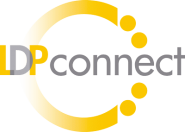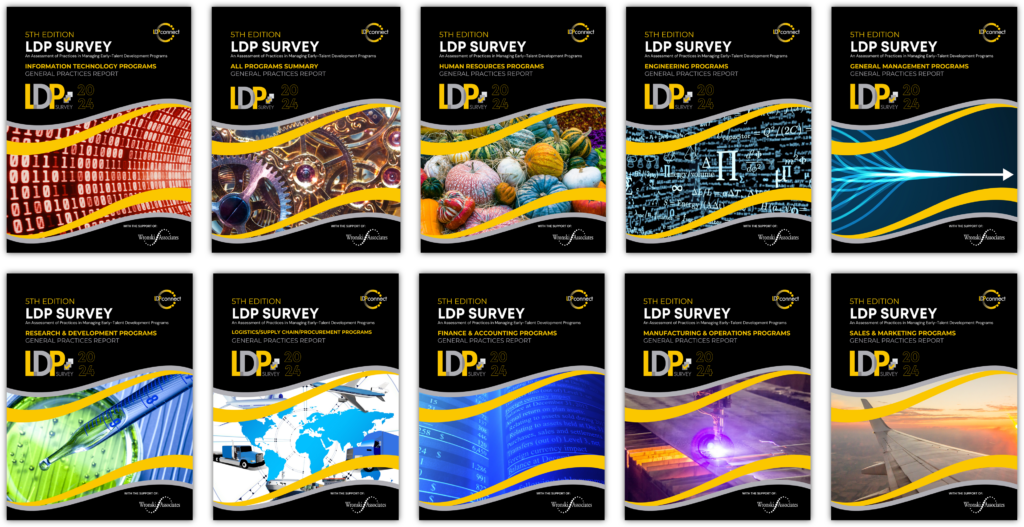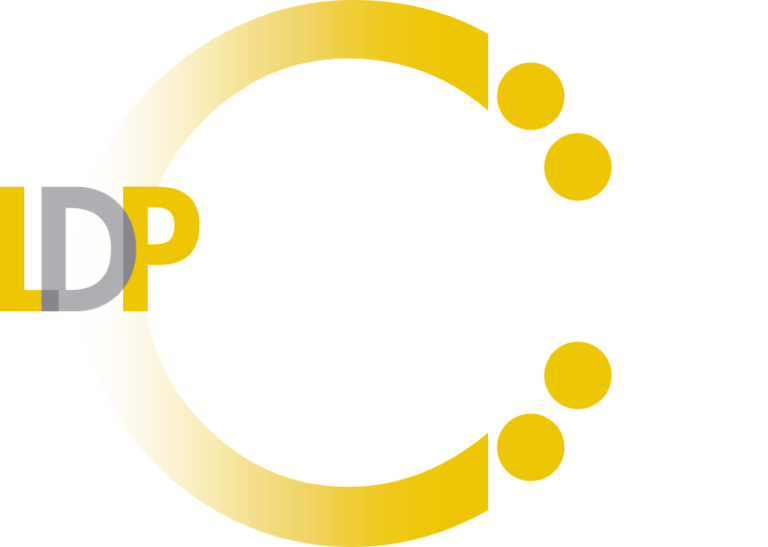Boosting Early Talent Program Diversity, Equity, and Inclusion
Boosting Early Talent Program Diversity, Equity, and Inclusion
By Hae-Song Jung
Workplace diversity has long been shown to have a positive impact on innovation and business results. Because of this, boosting early talent program diversity has been a major area of focus for many organizations, but this topic has taken on additional dimensions in recent years.
- If recruiting diverse talent was the main priority before, retaining and developing diverse talent, and building an organizational culture of inclusion and equity have gained additional traction as key priorities.
- The racial injustices of the past summer have highlighted the importance and urgency of making a stand for diversity, equity, and inclusion (DE&I).
Boosting the diversity, equity, and inclusion of early talent has also grown as a critical strategy for leadership development programs. Attracting diverse high-potential talent and building early talent pipelines for diverse employees has a positive impact on the organization at large, so it is no surprise that leadership development programs are taking the lead with various diversity initiatives.
As you think about increasing diversity and building a culture of inclusion within your leadership development programs or early career programs, here are 6 strategies to keep in mind.
Attracting diverse early talent
Leverage technology:
To make sure you are not losing diverse talent before they even start the recruitment process, it is important to root out as many potential biases and discriminatory factors as possible. Nick Vitale, HR Leader for Johnson & Johnson’s Human Resources Leadership Development Program, shares that “Unconscious biases can find their way into many parts of the talent acquisition process. The intentional usage of technology, when paired with unconscious bias awareness and training, can bring more fairness and equity.”
Research shows that a job description’s word choice, for example, can play a surprisingly significant role in discouraging women and minorities from applying. Digital tools like Textio can help identify and edit any potential language in your position descriptions and thus create a more encouraging playing field for all candidates. The usage of data-driven assessment tools that assess participants on critical competencies and skills can also make your talent acquisition process more objective and effective.
Covid-19 had a major impact in accelerating digital transformation of talent acquisition, and early career development programs are no exception. You may be used to building and leveraging key relationships with partner schools, diversity programs and conferences to create a diverse slate of candidates.
And while there is no substitute for these deep strategic relationships, leveraging virtual spaces allows you to expand beyond your core schools. Rather than focusing most of your resources on recruitment events only at and for specific schools, try leading virtual information sessions, coffee chats, and networking events to broaden your access to diverse early talent and to expand your development program’s reach.
Ensure a diverse panel of interviewers:
When it comes to diversity, equity, and inclusion, what you show is infinitely more powerful than what you say. Exposing your early talent candidates to diverse interviewers allows these candidates to feel more comfortable during the application process, make connections with potential mentors, and see that diverse employees can thrive and excel in leadership positions at your organization.
Furthermore, a diverse slate of interviewers helps to minimize unconscious biases and promote diversity. Companies like Intel and Cisco that have prioritized using diverse interview panels in recruitment have seen major strides in not only the diversity, but the caliber of the talent they bring onboard.
Provide candidates with individualized connections (e.g., “Buddies” or Mentors) to current employees:
Creating intentional 1:1 connections for candidates to current employees/leadership development program alums (“Buddies”) is another way to promote diversity and inclusion during the application process.
While many leadership programs do have robust buddy programs set up for early talent already in the early career pipeline, it is rare to see these 1:1 connections provided for candidates still in the application process. For diverse candidates, however, this intimate and intentional “buddy system” may be a highly valuable opportunity: it gives them a safe space to ask candid questions, build trust in your organizational culture, and gain a sense of the positive impact they themselves can make.
Retaining and Developing Diverse Early Talent
Build partnerships with your diversity, equity, and inclusion team:
Many DE&I initiatives fail because they sit siloed within the diversity team or focus too much on recruiting diverse talent only. Partnering more closely with your organization’s DE&I team allows you to integrate their initiatives and goals more closely with your development program’s own goals. By building these bridges, you can provide program participants with an experience that not only prioritizes diversity, but inclusion as well.
Ensure exposure to diverse managers and leaders:
The impact managers can have on talent retention and development cannot be overstated. A Gallup study on the state of corporate management found that managers can account for up to 70% of variance in employee engagement. For emerging talent who are just joining your organization’s development program and talent pipeline, managers play an even more critical role.
As you shape your LDP participants’ rotation structure and development, ensure that the participants will be exposed to diverse managers and leaders. For participants from under-represented groups, working with managers and leaders who look like them can be a powerful source of inspiration.
But remember – diversity here can go beyond diversity of ethnicity and gender.
Nick emphasizes that the diversity of experience, skills, and thought brought by both LDP participants and managers should be considered. Creating the types of experiences where both sides can learn from each others’ differences goes a long way, not only in boosting a culture of inclusion, but in amplifying opportunities for collaboration and innovation.
Use data and feedback to continue iterating your program:
Once diverse talent is in your leadership development program, how do they perform? Do they feel supported and set up for success? Are they adding value to the business? And how do these diverse participants fare after graduating from the program? Do they continue to stay and grow into key leadership positions in your talent pipeline, or do they leave the organization at higher rates? Tracking this data is critical to understanding how successful your program’s DE&I talent strategy is.
Pairing this data with qualitative feedback from your LDP participants, managers, and teams can help you then devise effective solutions to continue improving early talent program diversity.
What kind of DE&I initiatives are other organizations implementing in their talent development programs, especially through these uncertain and transformative times? Learn about this and other pivotal talent development strategies by attending our annual LDP Summit virtually.



